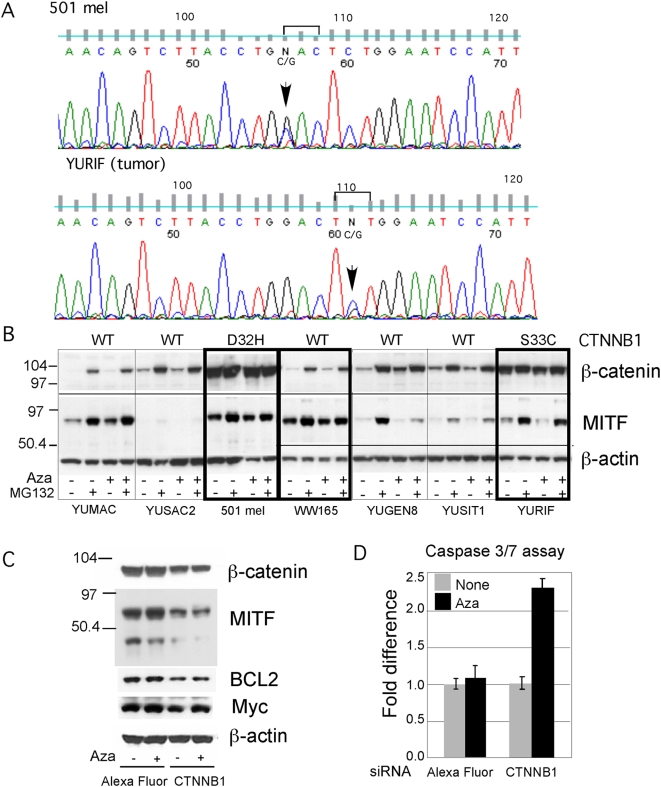Figure 3. Activated Wnt/β-catenin/MITF pathway confers resistance to Aza.
Panel A. Chromatograms showing CTNNB1 activating mutations in 501 mel cells (GAC/CAC) and YURIF tumor (TCT/TGT) (marked by brackets and arrows), which lead to D32H and S33C mutations, respectively. The same results were obtained with YURIF short term cultured cells. Panel B. Expression of β-catenin and MITF in melanoma cell strains relative to β-actin. CTNNB1 mutation status for each cell strain is indicated at the top. Panel C. siRNA knockdown of β-catenin and downstream targets. Parallel cultures were untreated or treated with Aza (0.2 µM) for 2 days followed by transient transfection with three different CTNNB1 siRNA or with Alexa Fluor as a control for one day. Cell extracts were subjected to successive Western blotting with β-catenin, MITF, BCL2, Myc, and β-actin. Panel D. The same cultures as in panel C were assessed for apoptosis employing the Caspase 3/7 assay. Bars indicate SD of 3 replicate wells.

